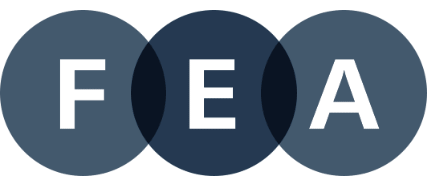70% of US Households Unable to Afford a $400,000 Home, NAHB Affordability Pyramid Shows
The National Association of Home Builders (NAHB) recently released the results of its 2025 Priced-Out Analysis, which highlights the US housing affordability challenge. While previous NAHB reports discussed the impacts of rising home prices and interest rates on affordability, the current post focuses on the related housing affordability pyramid.
The pyramid reveals that 70%, or 94 million households, cannot afford a $400,000 home. The estimated median price of a new home is around $460,000 in 2025.
According to NAHB, the housing affordability pyramid illustrates the number of households able to purchase a home at various price steps. Each step represents the number of households that can only afford homes within that specific price range. The largest share of households falls within the first step, where homes are priced under $200,000. As home prices increase, fewer and fewer households can afford the next price level, with the highest-priced homes—those over $2 million—having the smallest number of potential buyers. Housing affordability remains a critical challenge for households with income at the lower end of the spectrum.
NAHB notes that the pyramid is based on income thresholds and underwriting standards. Under these assumptions, the minimum income required to purchase a $200,000 home at the mortgage rate of 6.5% is $61,487. In 2025, about 52.87 million households are estimated to have incomes no more than that threshold and, therefore, can only afford to buy homes priced up to $200,000. These 52.87 million households form the bottom step of the pyramid.
FEA compiles the Wood Markets News from various 3rd party sources to provide readers with the latest news impacting forest product markets. Opinions or views expressed in these articles do not necessarily represent those of FEA.

